Crawl spaces are a common feature in most homes, and while they serve a variety of purposes, they often share a common problem: excess moisture. Moisture in crawl spaces can lead to serious problems such as mold, musty smell, insect growth and wood rot. However, this can be easily alleviated by using a dehumidifier.But different sizes of spaces require a certain size dehumidifier. Before you run to the store to pick one up, you need to know the size of the crawl space dehumidifiers you need. In this blog post, we will guide you through the process of selecting the appropriate dehumidifier size, ensuring that you can properly control humidity and maintain a healthy environment in your home.
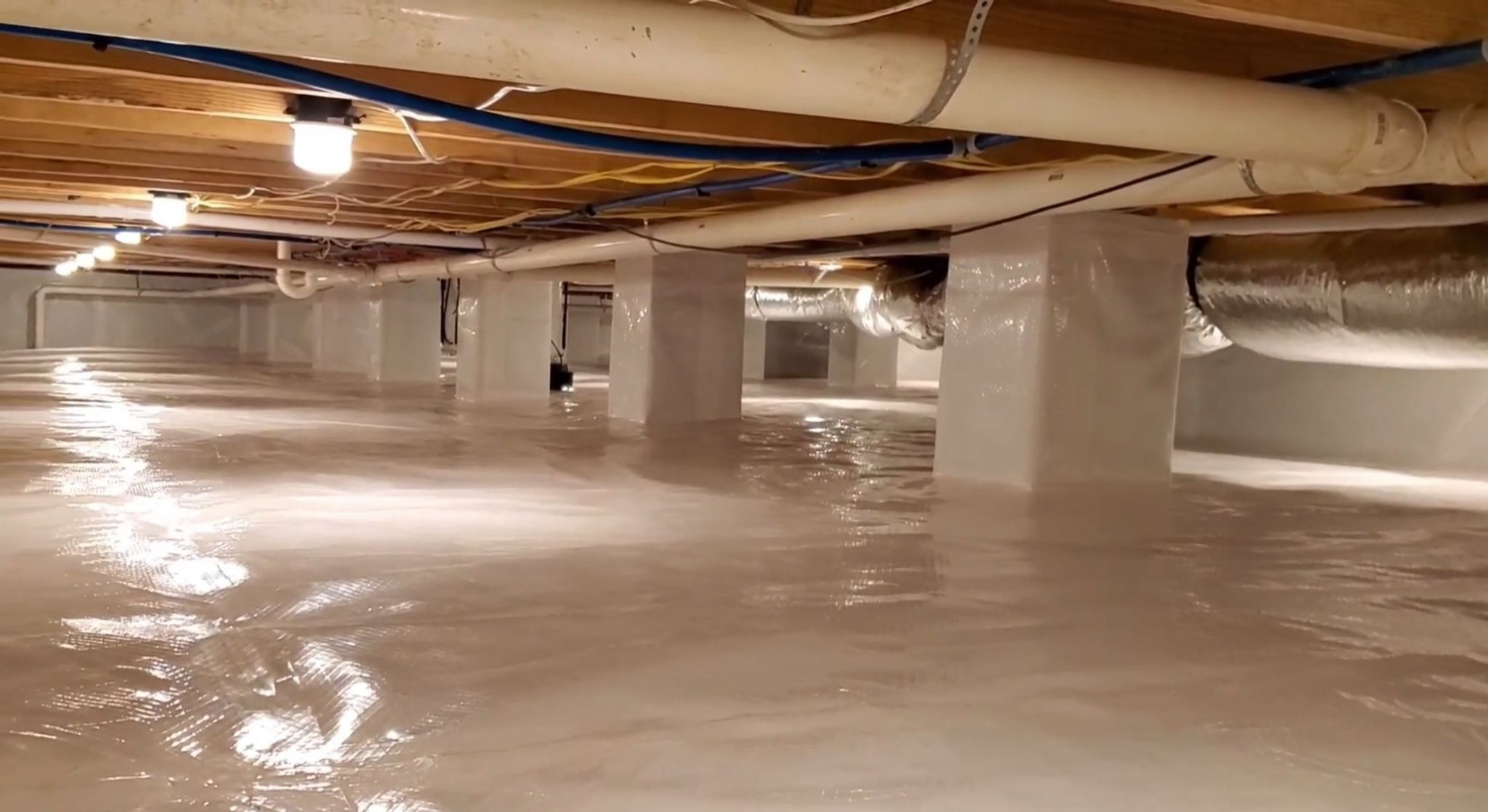
The main factors to consider when choosing crawl space dehumidifier size
Crawl Space Area
The size of the dehumidifier is the most important factor to consider when dehumidifying your crawl space. The larger the room, the larger the dehumidifier size required. As they need to extract moisture from the air, and larger rooms require a larger amount of air to be dehumidified. Using an undersized dehumidifier won’t effectively achieve sufficient water removal, while an oversized dehumidifier may waste energy. Therefore, it is important that you choose the right size for your room to ensure optimal humidity levels and healthy air circulation.
CRAWL SPACE SIZE CALCULATION
First, measure the length and width of the crawl space and multiply them together to get the area of the crawl space. Many dehumidifier vendors will indicate in the product specifications the area of the space (square feet) that applies to the model. For irregular rooms, calculate the area of each major section and add them together to get the total area. Only the height of the space needs to be considered for the volume of the room. By multiplying the length, width and height of the room, you can determine the total cubic feet of the room.
Humidity Level
After the zone, the next thing to consider is the local relative humidity (RH) level. This parameter will determine the capacity of the dehumidifier. A medium-sized dehumidifier is suitable for moderate humidity, while high humidity requires a larger-capacity unit. We recommend using a hygrometer to measure the humidity level, rather than relying on your current perception.
A dehumidifier’s performance is measured in pints per day (PPD), which is the amount of water it can remove from the air in a day. For example, a 50-pint dehumidifier is usually adequate for a room with 50% moderate humidity, but for a damp basement or crawl space with high humidity, a 70-pint dehumidifier or higher is recommended. It’s also important to note that relative humidity fluctuates throughout the day and night, so it’s important to take regular readings to ensure that the proper capacity dehumidifier is matched to effectively remove moisture from your surroundings.
Here is a table of dehumidifier sizes needed for area areas at different humidity levels for you to make a clearer choice.
| Humidity Levels/Surface Area | 300 Square Feet | 500 Square Feet | 800 Square Feet | 1,200 Square Feet | 1,500 Square Feet |
|---|---|---|---|---|---|
| 50%-60% | 20 Pint | 30 Pint | 40 Pint | 50 Pint | 60 Pint |
| 60%-70% | 30 Pint | 45 Pint | 60 Pint | 70 Pint | 80 Pint |
| 70%-80% | 45 Pint | 50 Pint | 65 Pint | 80 Pint | 90 Pint |
| 80%-90%(or 100%) | 45 Pint | 60 Pint | 70 Pint | 90 Pint | 100 Pint |
This is only for your reference when making your selection, you also need to consider the temperature of the crawl space.
Crawl Space Temperature
Room temperature levels have a significant impact on the size selection of a dehumidifier. This is because the amount of moisture in the air is directly affected by temperature. Higher temperatures result in increased humidity, making it more challenging for dehumidifiers to remove moisture from the air. In addition, scientific studies have shown that the ideal temperature range for effective dehumidifier operation is 65-80 degrees Fahrenheit. At low temperatures, moisture in the air will freeze on the coils of the dehumidifier, and the efficiency of the dehumidifier in drawing additional water vapor from the air will decrease as the temperature decreases and potentially damage the unit. all of AlorAir’s crawl space and basement dehumidifier models can operate at 33.8°F (as low as 1°C).
So in hot or extremely cold temperatures, you may have higher pint capacity dehumidification needs.
Crawl Space Status (sealed, ventilated)
When choosing a dehumidifier for a crawl space, keep in mind that such spaces usually have high humidity levels. This is because of moisture infiltration from underground and the absence of direct sunlight sources! This is why you must consider the degree of sealing of your basements. During the hot, humid summer months, the relative humidity of the air entering a subterranean space can be as high as 75%, and excess humidity can cause wood to get wet. When joists and subfloor get wet, it can lead to dangerous mold and wood rot, so crawl space encapsulation is necessary. But just because it’s encapsulated doesn’t mean the basement is completely enclosed and can be insulated from moisture. You still need to keep the crawl space properly ventilated, which allows the moist air to evaporate more quickly, thereby reducing the load on the dehumidifiers.
Dehumidifier selection suggestions based on the degree of basement sealing
| Building Conditions | 40-60 pints | 60-80 pints | 80-100 pints | 100-120 pints |
|---|---|---|---|---|
| Loosely Sealed | up to 1,000 sq.ft. | up to 1,600 sq.ft. | up to 2,200 sq.ft. | up to 2,800 sq.ft. |
| Moderately Sealed | up to 1,400 sq.ft. | up to 2,000 sq.ft. | up to 2,600 sq.ft. | up to 3,200 sq.ft. |
| Tightly Sealed | up to 1,800 sq.ft. | up to 2,400 sq.ft. | up to 3,000 sq.ft. | up to 3,000 sq.ft. |
Some useful guidelines to follow when considering the impact of room ventilation on sizing choices include maximizing natural airflow by opening doors and windows, ensuring that air conditioning ducts are not obstructed, and placing the crawl space dehumidifiers in a location free of obstructions. By taking these steps, room ventilation can be better optimized and a proper size dehumidifier can be selected to effectively maintain optimal humidity levels.
Additional considerations
Drainage System
In addition to choosing the right size dehumidifier, another important consideration is how the water drains during the dehumidification process. Units that allow manual draining have a large water tank that holds water for a long period of time, and you need to manually remove the tank to dump the water out. the AlorAir Gravity Drain Dehumidifier – Sentinel HD55S (White), drains the collected water vapor directly through the drain hose, but the gravity drain is only available for crawl space/basement with floor drains.
Units with built-in pumps allow you to continuously drain water to wherever you like, whether it’s your sink, outside your house or anywhere else. By choosing a dehumidifier with a built-in pump you will no longer have to go to your crawl space as often to empty the water tank, simplifying your life. Click here to learn about the Sentinel HDi65 dehumidifier, which not only has gravity drains but also supports pump drains.
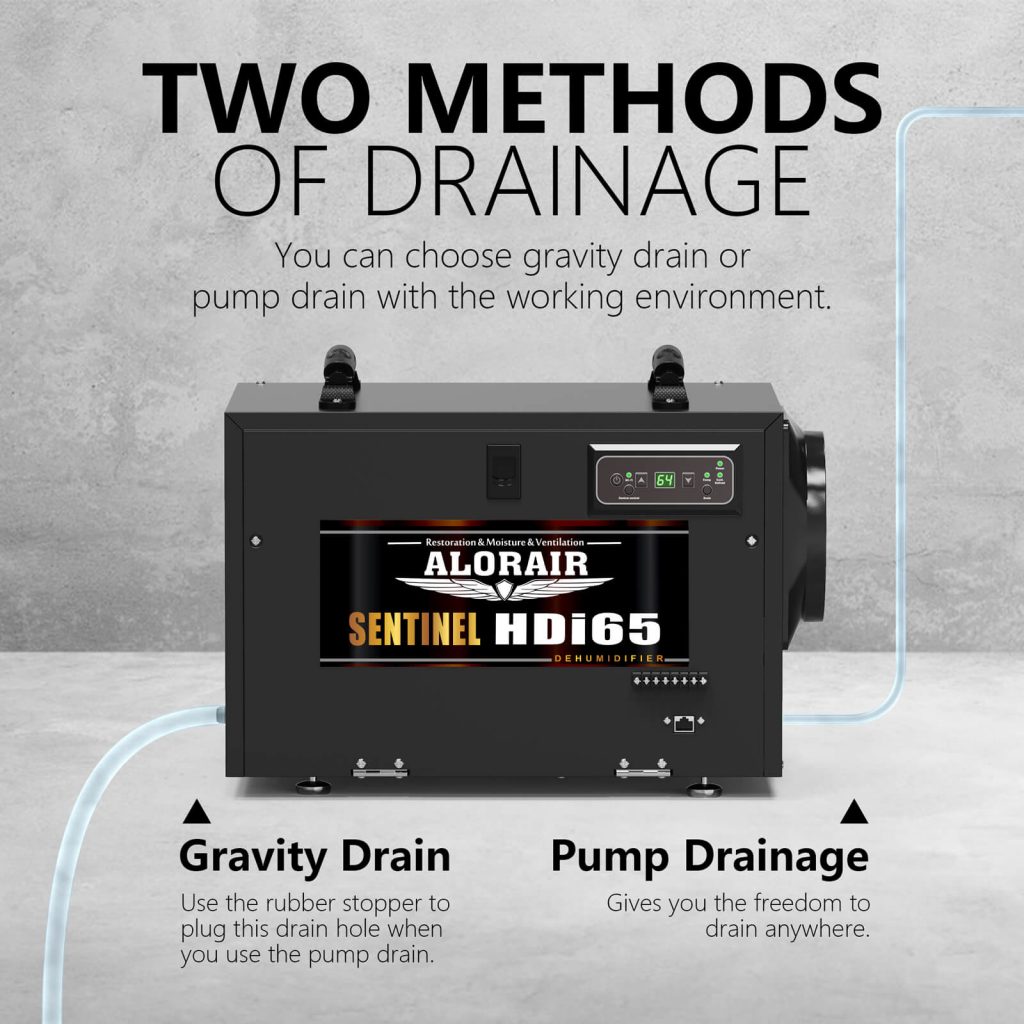
Noise Level
When choosing a crawl space dehumidifier, it is important to consider the noise level of the unit. The high decibel levels emitted by dehumidifiers can disturb the comfort and peace of your home. Especially if you plan to run the unit at night or if you have children sleeping near it.
In addition, high noise levels can make it difficult to hear phone calls, conversations, or other noise-sensitive activities. Over time, excessive noise pollution can affect the mental and physical health of occupants, leading to irritability, headaches and insomnia. Therefore, a low-noise level crawl space dehumidifier is essential to ensure an effective and unobtrusive dehumidification process. Even when placed in infrequently visited attics, basements and crawl spaces, the noise should not be higher than 60 decibels.
Energy Consumption
When choosing a dehumidifier, the impact of energy consumption cannot be ignored. Higher energy consumption not only leads to higher electricity bills but also causes environmental degradation through increased carbon emissions. Therefore, it is important to choose a dehumidifier that consumes low energy while effectively removing moisture from the air. Low-efficiency dehumidifiers generally carry the ENERGY STAR label, which indicates that they meet the energy efficiency standards set by the U.S. Environmental Protection Agency. Choosing the right low-energy dehumidifier can result in significant cost savings and a reduced environmental impact in the long run.
Conclusions
Proper sizing of dehumidifiers not only helps maintain a healthy environment, but also saves energy, reduces noise, and extends the life of the equipment. Therefore, it is necessary to consider the above factors when choosing the size of your dehumidifier. Choosing the right size dehumidifier for your crawl space is really not that difficult. Measure the square footage of your crawl space, consider the humidity level in your area, the condition of your crawl space, the drainage system of the dehumidifier and the noise level. By considering these factors, you can ensure that your crawl space stays dry and that you don’t have problems associated with excess moisture.
It’s also important to maintain proper humidity levels and remember to perform regular maintenance on your system, such as changing and cleaning filters when needed. With careful consideration and careful research, you’re sure to find the right dehumidifier for all your needs.







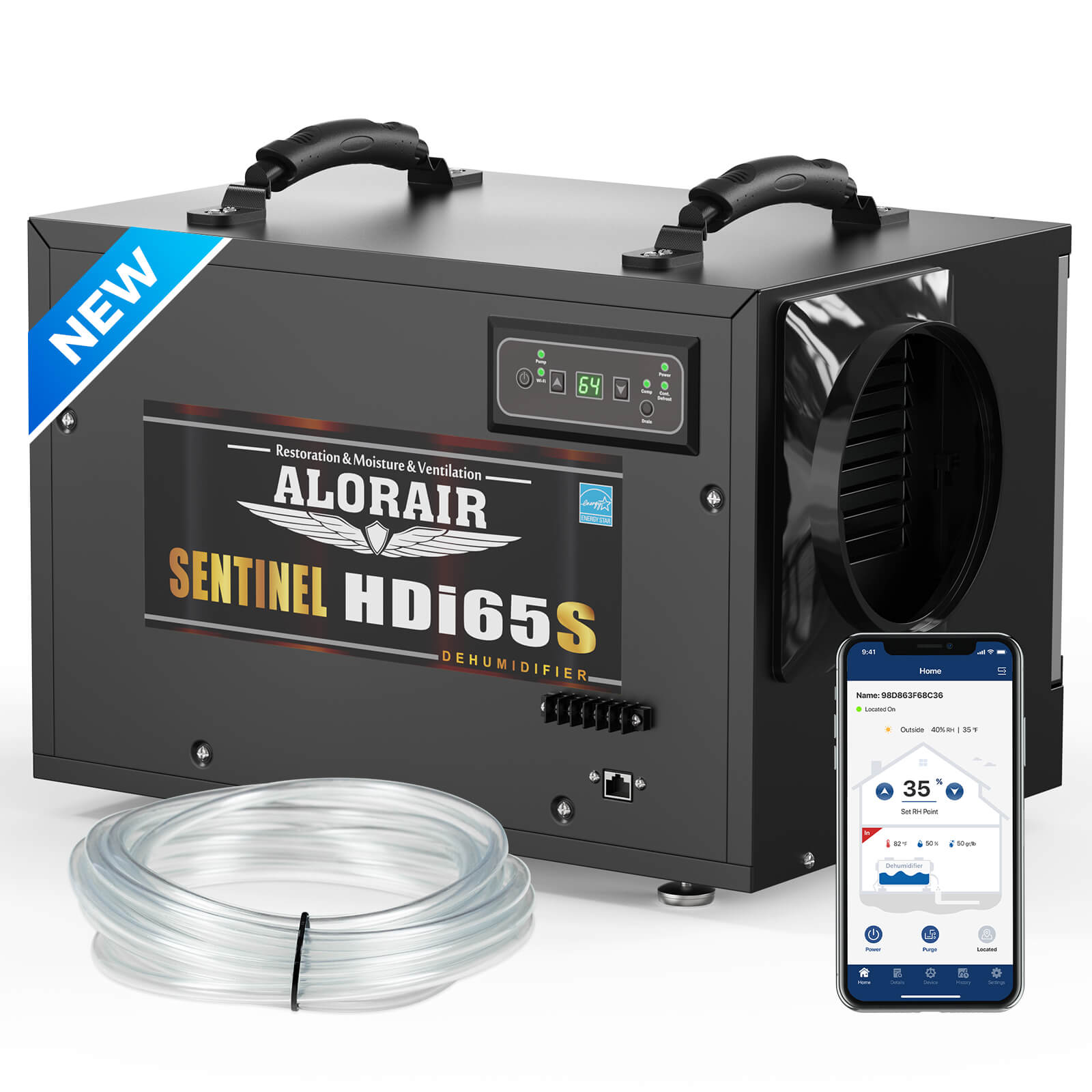
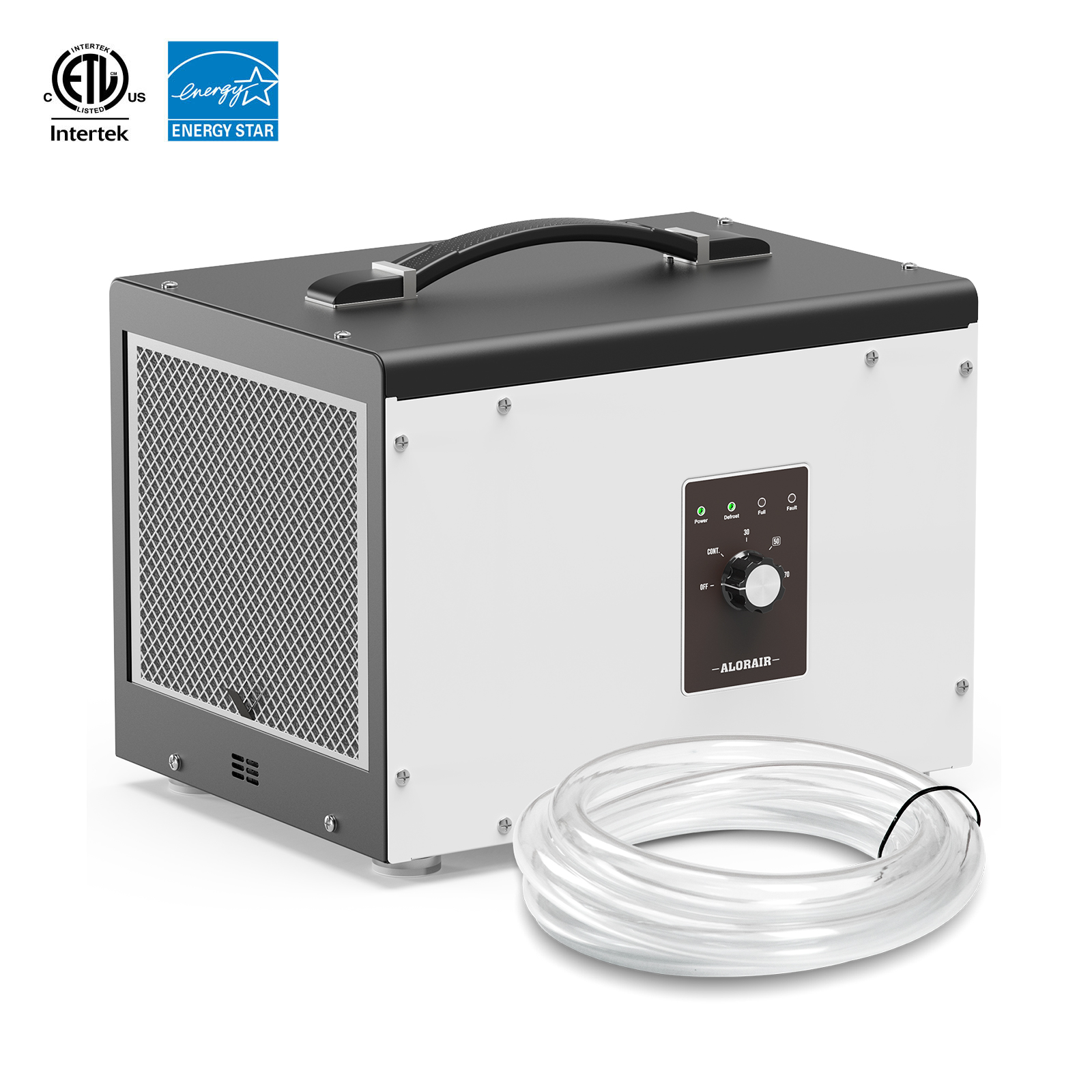
.jpg)
.jpg)

.jpg)

.HDi90.png)
.HD90.png)



.jpg)
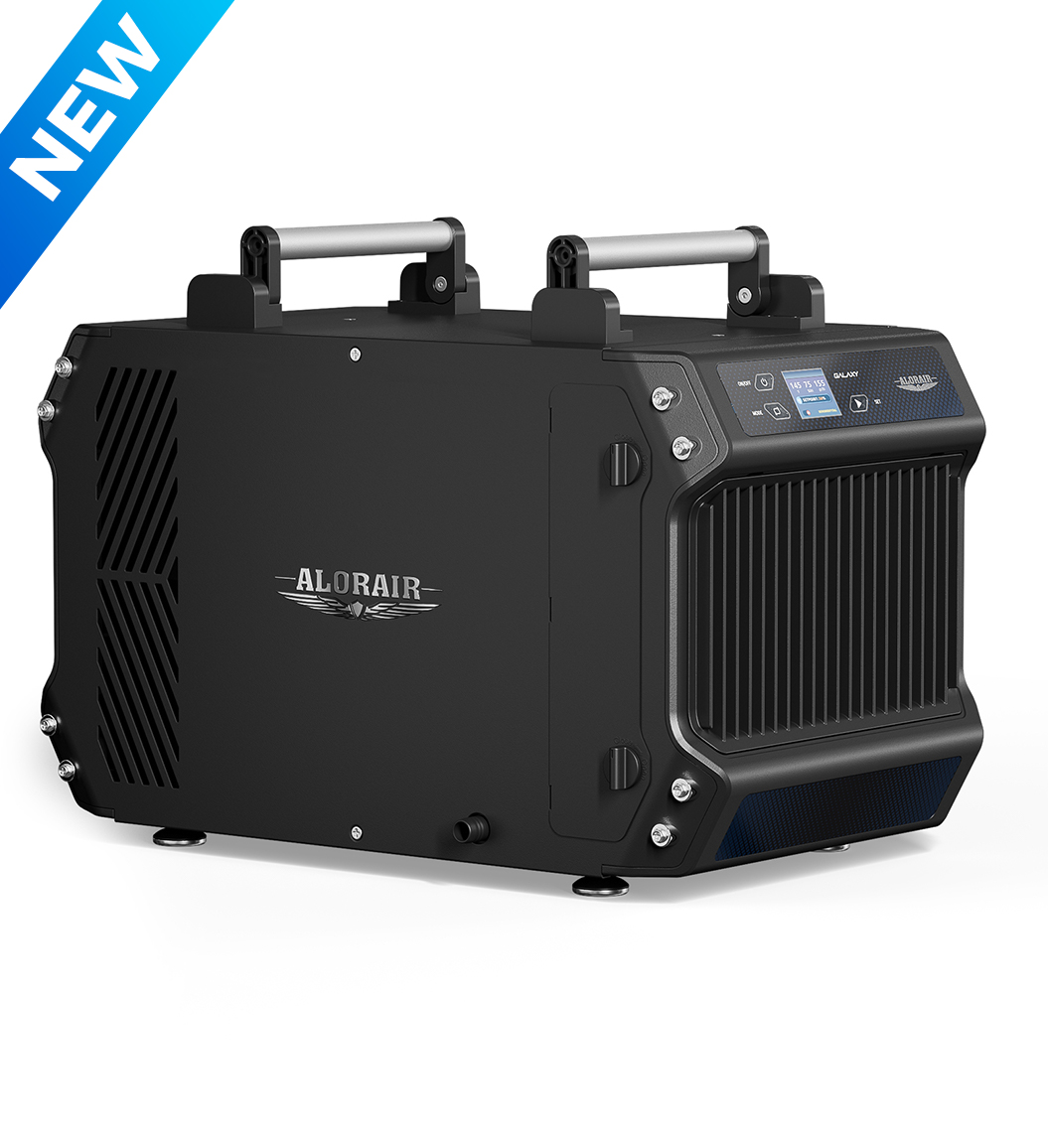
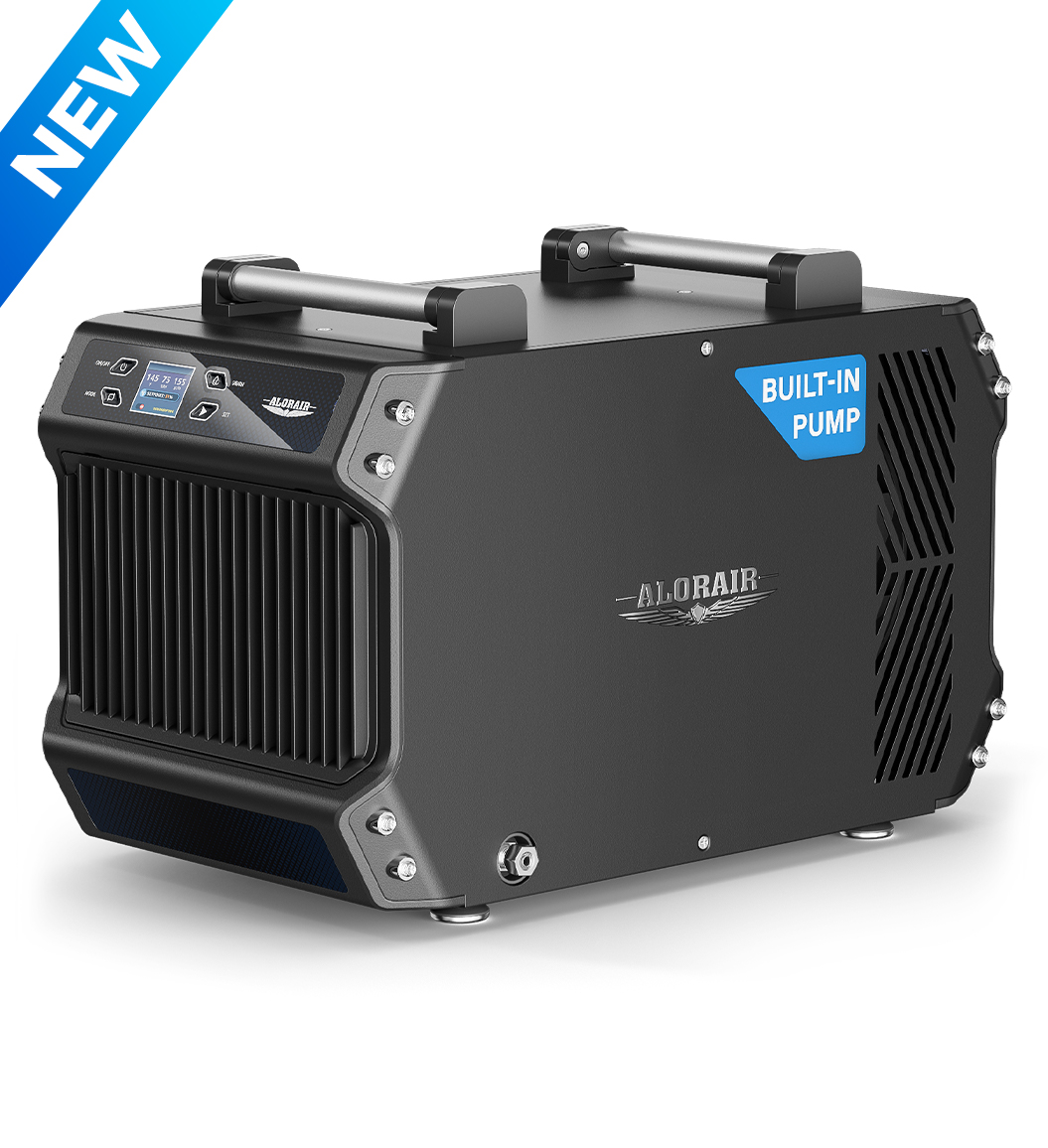




.jpg)
.jpg)
.jpg)
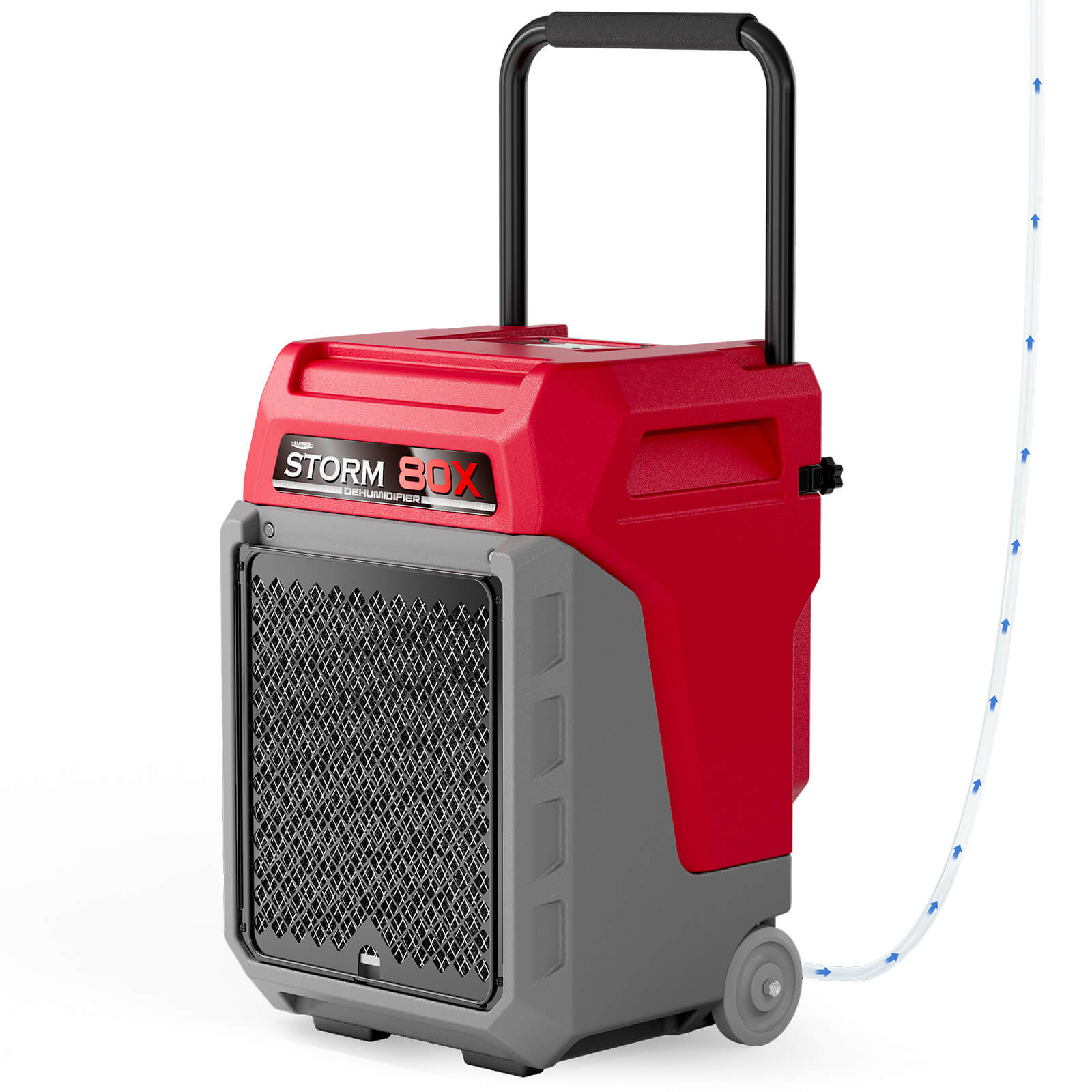


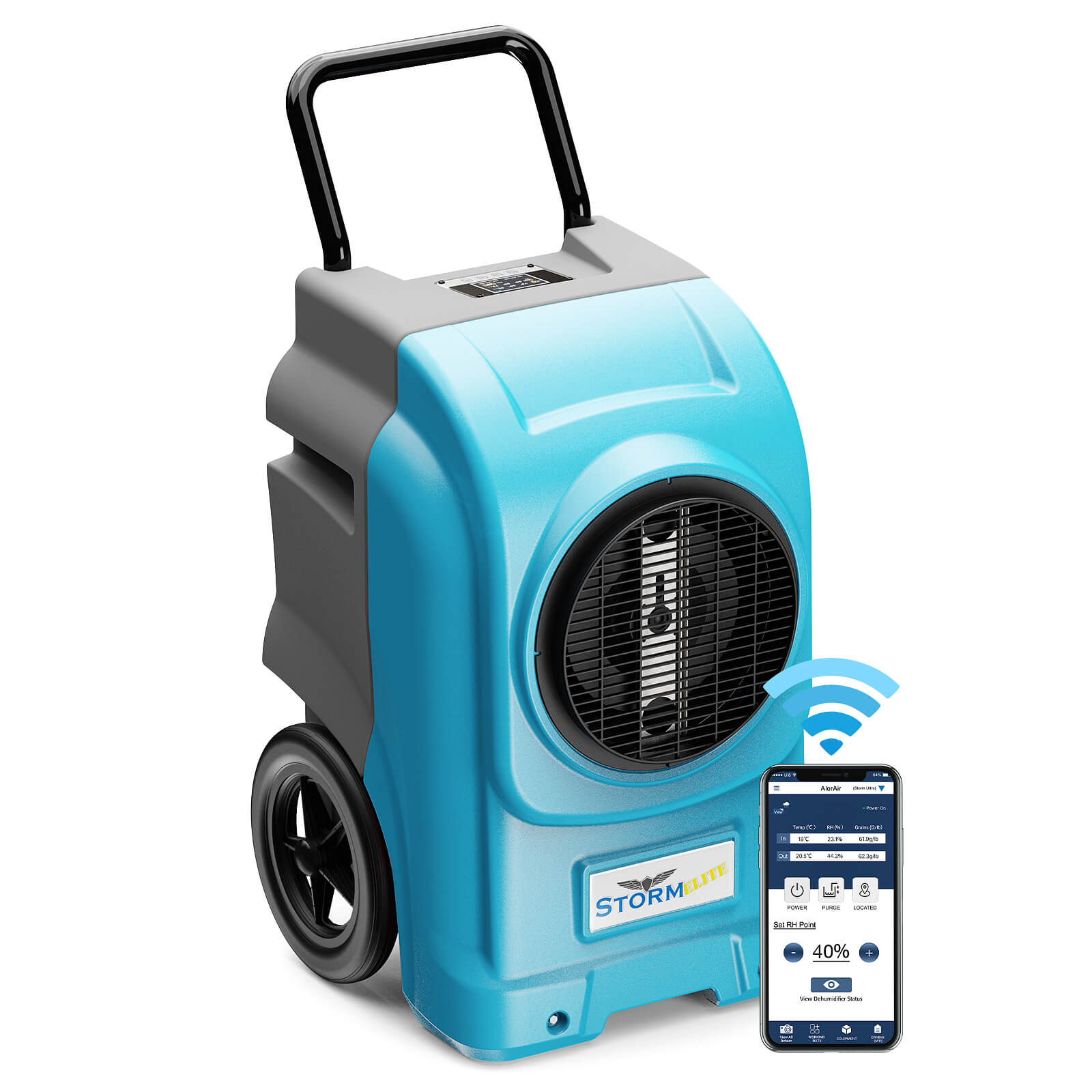

.jpg)
.jpg)

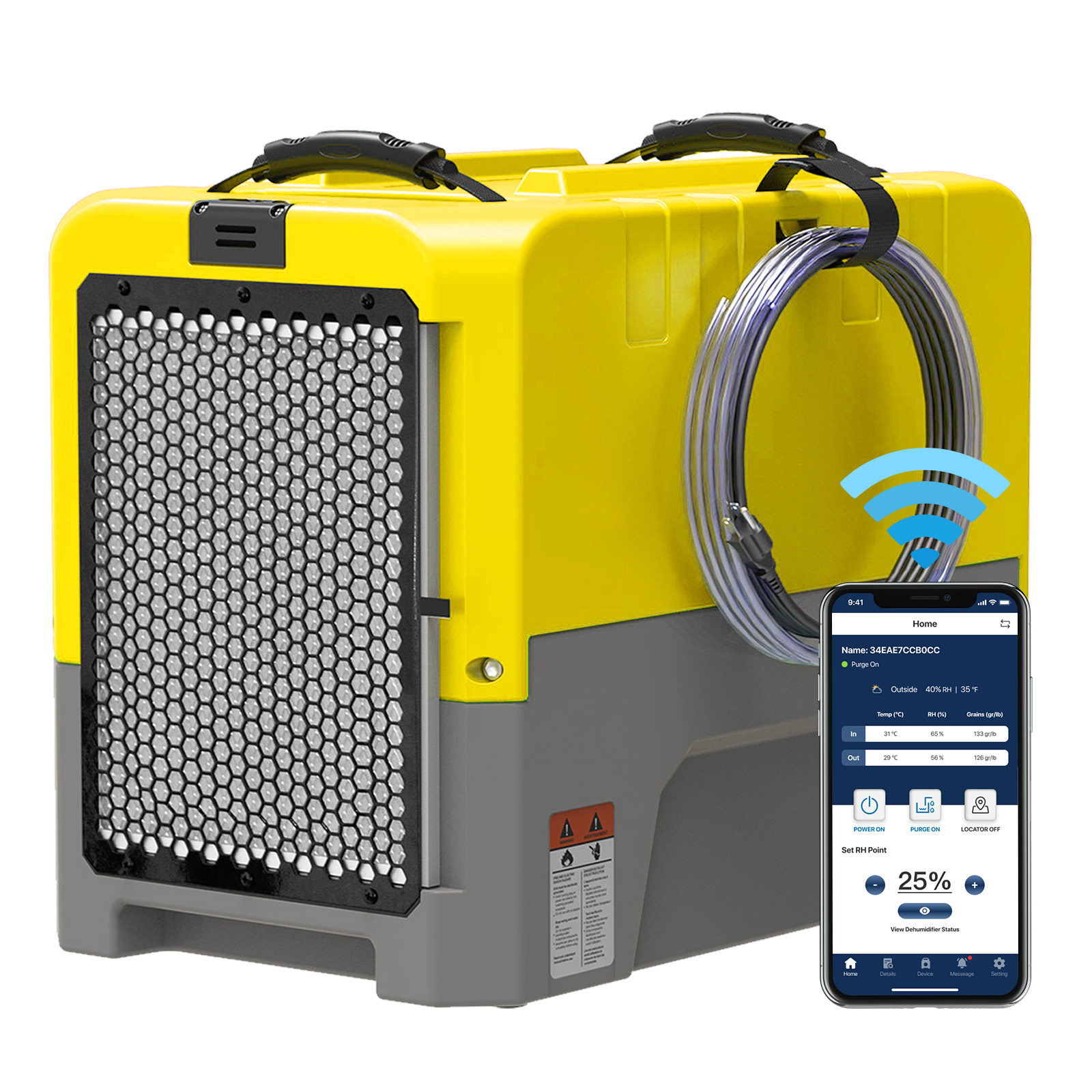








.jpg)
.jpg)








.jpg)
.jpg)










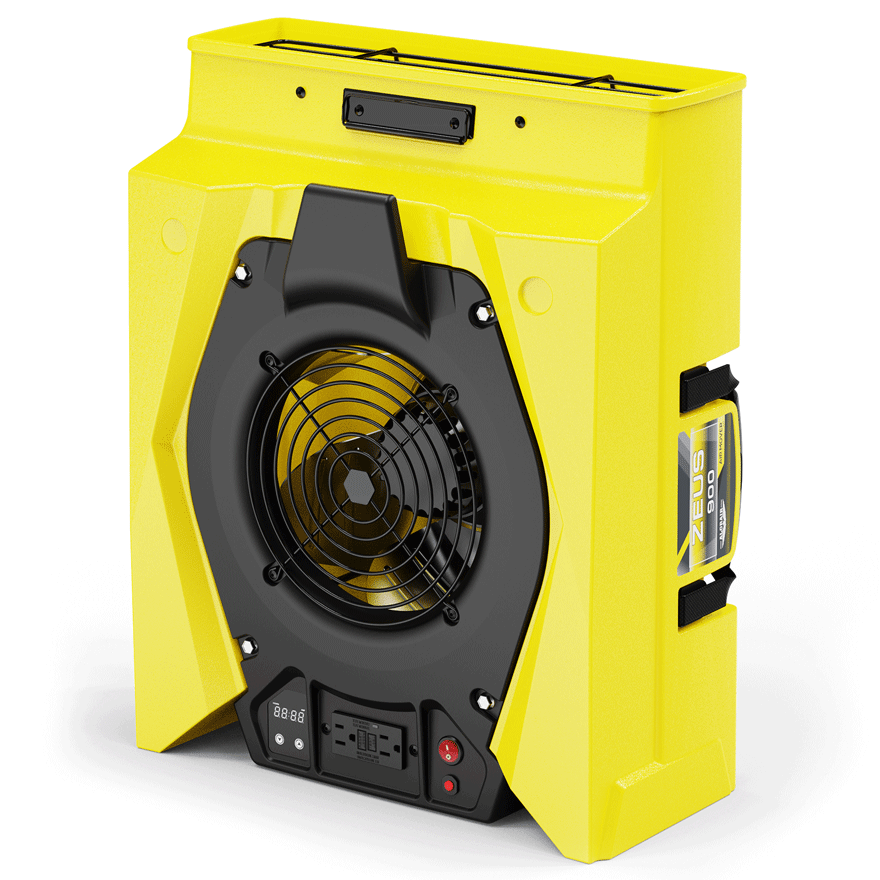
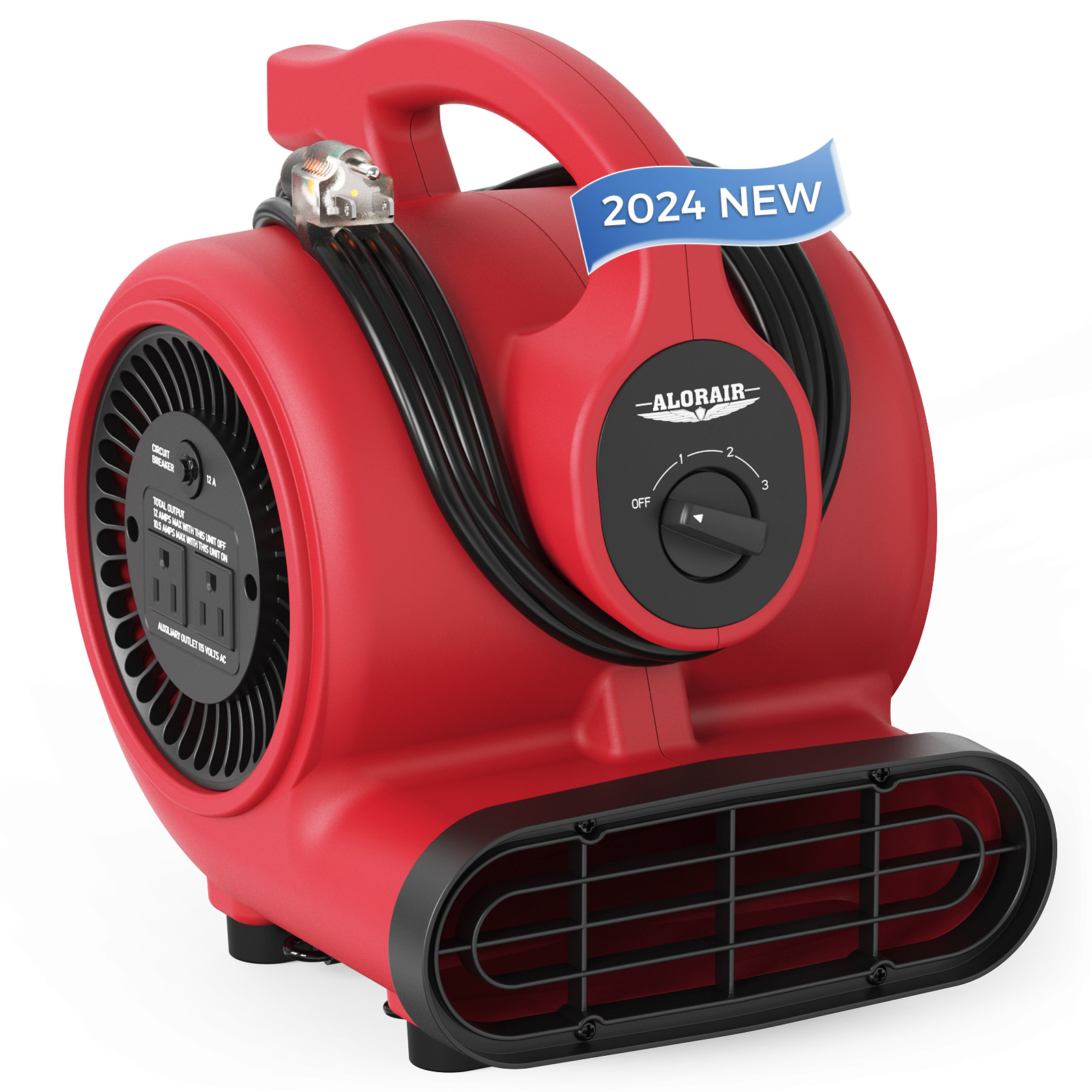
.jpg)
.jpg)
.jpg)
.jpg)
.jpg)
.jpg)
.jpg)
.jpg)
.jpg)
.jpg)
.jpg)
.jpg)
.jpg)
.jpg)





.jpg)
.jpg)
















-.jpg)
.jpg)

.jpg)
.jpg)



























 Exclusive offers
promotions
Exclusive offers
promotions



Best dehumidifier for my crawl space the house is 2000 sq ft
One with a pump would work best ?
Hi Kervin, Each model of dehumidifier, with or without a pump, has the same dehumidifying capacity in the same environment. But having a pump is more convenient than only one type of drainage.
I’m looking for help to size a dehumidifier for a non-vented attic. There seems to be no information on this type of application. I recently had my roof deck foamed. This process seals the eve vents from the attic space. Seems to me that in some conditions, humidity can climb and condense in locations that may be cooler than another. This is not living space so my only goal is to prevent relative humidity from climbing above, say, 80%.
Do you have any articles on this application.
Hello Brian, we recommend choosing a dehumidifier that matches the size of your attic. Our basement dehumidifiers will automatically stop when the set humidity is reached and restart when the humidity is 3% above the set value. This can save you electricity costs.